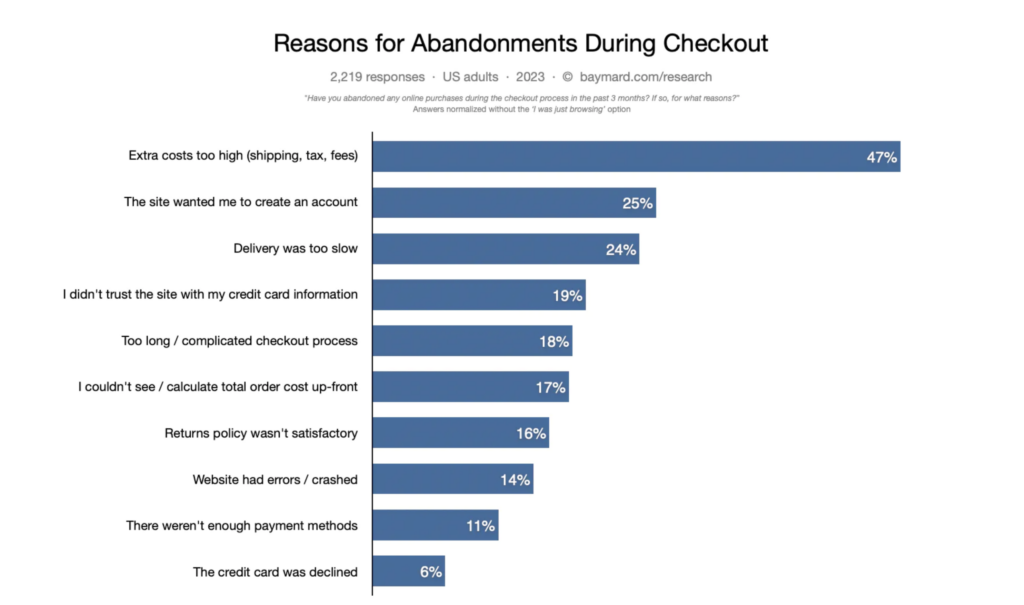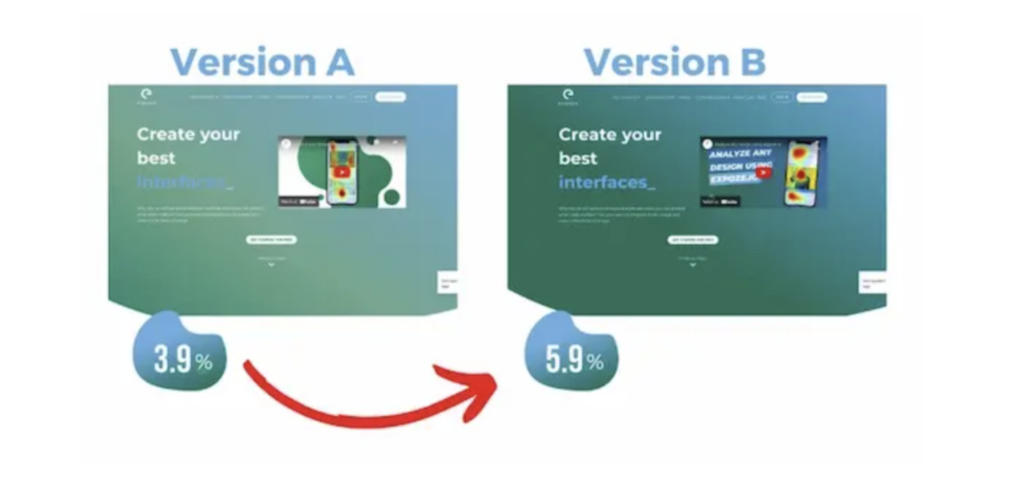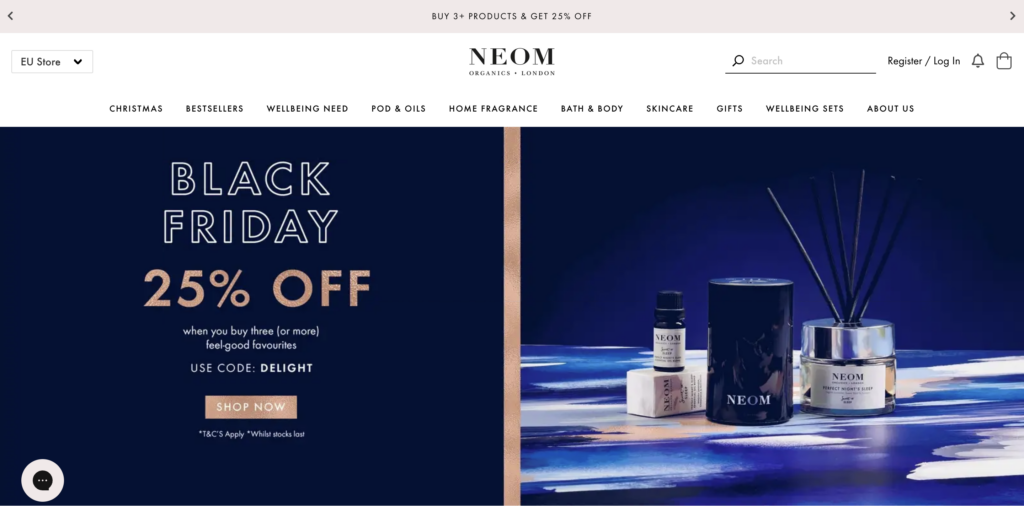The calendars are marked. Targeted ads are ready to launch. Additional staff stand at the ready. For e-commerce sites, major shopping holidays like Christmas, Black Friday and Cyber Monday are more than just busy times – they represent massive potential revenue windfalls.
With billions in discretionary spending on the line, the stakes are high for retailers to stand out from the pack and capture generous slices of seasonal sales.
This article will explore how e-commerce stores boost sales during these pivotal shopping events.
We’ll look at how to get the most out of these periods by taking a comprehensive view of your e-commerce site and its SEO performance.
Whether it’s optimizing the website and keyword strategy, improving the mobile experience or analyzing your site to glean the best insights, implementing these tactics can help your online store grab the lion’s share of revenue when it matters most.
SEO and e-commerce
SEO is important all year round for driving traffic to your website. But during peak and seasonal months, you’ll need to optimize your SEO strategy for the specific period – let’s look at some ways to achieve this.
Time-based seasonal SEO
Time-based seasonal SEO focuses on optimizing your web pages for specific seasons or months. For instance, let’s say that your business sells shoes. During the summer, you’ll use seasonal keywords and images on your landing pages and product descriptions to promote your sandals and flip flops: keywords like “summer”, “festivals”, “beaches”, etc. Whereas for your winter shoe range, you’ll use keywords and images that relate to colder weather.
To help customers reach the relevant pages – and, in the process, stand out to search engines – you can also create category or seasonal pages with canonical tags. A canonical tag communicates to a search engine that a specific URL is the master version of a page, which helps avoid duplicate content across multiple URLs.
Additionally, you’ll want to ensure that the relevant page that gets displayed doesn’t include any out-of-stock items. Few things are as frustrating for a shopper as landing on the exact page they want, only to find that the product they wanted is no longer available.
It’s inevitable that sites will run into the problem of out of stock items. The important thing is having a strategy in place on how to handle them.
Other than working hard behind the scenes to boost production and increase stock levels (which isn’t always feasible), you should also inform your customers when the item is expected back in stock. One effective way to do so is prompting shoppers to enter their email address, with the promise that you’ll contact them as soon as the product is available again. Another option could include redirecting visitors to similar products and removing any internal links pointing to the out of stock pages to prevent customers bouncing from your site.
Event-based seasonal SEO
Event-based seasonal SEO aims to optimize your web pages for specific events. Christmas, Thanksgiving, Valentine’s Day, and Mother’s Day are all prime examples.
But you can’t just throw in the word “summer” or “Christmas” and be done with it. To improve domain ranking, small businesses should aim to use long-tail keywords. Not only are they easier to rank for — which means you’ll receive more clicks — but they also tend to drive higher-quality leads and potentially further along in the purchasing process.
So, instead of targeting “Christmas baubles” you might target “red vintage Christmas baubles”, for example.
And if we’re talking about boosting your place in the SERPs, then one of the things that you’ll want to look at is your site speed. A slow-loading site, in fact, will automatically get penalized by most search engines, resulting in poor rankings. To up your site speed, consider the following:
- Eliminate any unnecessary JavaScript or utilize lazy loading.
- Minimize external scripts.
- Leverage trusted and efficient hosting, caching, and cybersecurity services.
- Optimize all the visual elements.
Tools to use
There are a range of different keyword research tools that you can use to find seasonal keywords for your e-commerce store: Google Trends, Moz, SEMrush, and Ahrefs, just to name a few.
Include these keywords — along with any related keywords and synonyms — in your page title, headings, URL, meta description, body text, and alt text. You’ll want to monitor these keywords in the same way you would your evergreen content — more on that later.
Optimize the shopping experience
Once shoppers arrive on your site, a seamless shopping experience is vital to converting them into customers. Here are some tips for optimizing user experience during peak sales periods.
Offer intuitive site navigation and layout
Peak seasons are made for fast-paced shopping, but a website that is disorganized, inconsistent, or unresponsive is going to slow your users down. The frustration of having to search a long time for something specific can easily drive potential customers into the arms of your competitors.
On the flip side, a simple, intuitive user interface makes navigation feel utterly seamless. Users can be guided smoothly through your website without interruptions, enabling them to quickly find and buy what they need.
Tap into what customers expect from their website experience and build a site that aligns with your target audience’s expectations. Some key things to focus on include:
- Creating a logical, hierarchical menu structure.
- Using consistent elements across your site, such as buttons, typography, icons, etc.
- Prioritizing simplicity and clarity over fancy, complex designs.
- Creating a visual hierarchy (different typographies, colors, contrasts, etc) to guide users toward important elements, like call-to-actions.
- Prominently displaying seasonal offers, deals, and promotions.
Consider using integrations to streamline user experience even further. For example, a travel company might integrate online booking software into their site to allow customers to make reservations for hotels, holidays, or tours directly through the website. This keeps users on your site, removing tedious back-and-forth between different user interfaces and improving the customer’s experience.
Use an internal link strategy
Internal links not only facilitate navigation on your site, but they also make it easier for search engines to crawl your website. Google can more accurately recommend your website to your target audience, increasing your volume of high-value leads. Once users are on your website, internal links allow them to easily dig deeper into specific topics, increasing user experience, engagement, and conversions.
Let’s say you’re an e-commerce site that also has a blog like Au Lit Fine Linens. Within the posts on their blog, Between the Sheets, an article about how to wash and care for your towels should logically include links to products available on their site. The article not only provides useful information, but facilitates finding the supplies or products you need to put into practice what you learn.
Optimize your checkout process
Creating a streamlined, intuitive checkout process is so important that it deserves its own section. In the U.S., 18% of shoppers admit that they’ve abandoned their cart at checkout because the checkout process was either too long or too complicated. For 25%, they chose to leave because the website was forcing them to create an account to complete their purchase.

Source: Baymard.com
It’s also worth noting that 14% of visitors bounce due to website crashes or errors. With more people using your website during peak seasons, it’s certainly something to keep your eye on.
Optimizing your shopping cart involves eliminating the above issues. Below are some tips on how to achieve this:
- Simplify your checkout process by using clear, step-by-step navigation. Separate each step into different sections so that users can see how far along they are in the process.
- Make checkout faster by providing guest checkout options and asking only for necessary information.
- Prevent website crashes from interrupting the checkout process by running regular site tests and implementing 24/7 customer support. Consider using a .ai domain name to showcase your use of artificial intelligence in providing 24/7 automated support. This can build trust and preference with busy seasonal shoppers.
Another important element to consider is prominently displaying any seasonal offers, promotions, or products. If you’re offering free shipping or e-commerce curbside pickup for customers who spend over a certain amount during the holiday season, place this information on the checkout page so that customers are aware.
Create compelling, SEO-driven website content
As part of your content optimization strategy, you can use evergreen, long-tail keywords and search for relevant seasonal keywords to attract peak-season customers at different stages of your business sales cycle.
It’s essential for your content to be engaging, so in addition to your keyword research, take a look at the types of content and topics that resonate with your target audience. Infuse some related keywords, synonyms, and variations into your copy to create a compelling, conversion-inspiring read for your customers. However, be careful not to stuff your content with too many keywords.
Build a mobile-first experience
According to Adobe, 43% of winter holiday e-commerce sales came from smartphones in 2021. With the first port of call to an online store often being on mobile devices, optimizing the mobile experience is essential for e-commerce sites to create a great first impression and land new customers.
[Case Study] Optimize links to improve pages with the greatest ROI
Use flexible design layouts and elements
If your mobile web page is unresponsive, your customers are going to bounce. Make sure that your website adjusts to fit different screen sizes and uses mobile-responsive elements, such as large tap targets and a back-to-top button, to ease navigation.
Continuously check site speed
Slow sites equal frustrated customers and abandoned carts. Ensure that your website runs optimally on mobile devices during peak seasons by running regular site speed tests. There are plenty of free tools online.
Offer mobile-optimized phone support
Offer phone support optimized for mobile. Integrate call center platforms like Dialpad to provide mobile-enabled calling, texting, and screen sharing for assisting customers on the go.
Segment mobile users
Segmenting mobile users enables you to deliver customized experiences based on device-specific behaviors. For example, mobile users may be more active at different times of the day or prefer different types of content, such as list-based content. With this knowledge, you can create targeted seasonal content to increase engagement and conversions during peak periods.
Test and analyze performance
Savvy e-commerce sites continually test and analyze performance during peak periods to further optimize sales strategies.
Remember we discussed how seasonal keywords affect SEO? Well, as part of your content optimization strategy, you need to continuously track and analyze whether your product copy and blog posts align with seasonal keywords and trends.
To do this, review your seasonal content performance using tools like Google Analytics and Google Search Console. Did it meet your goals to drive more traffic, engagement, and conversions? If not, go back to your keyword research tools to see if you can find higher-ranking long-tail keywords.
Turn to tools like Google Trends, BuzzSumo, and Exploding Topics to not only identify historical seasonal search patterns, but discover potential future trends. Using these insights, optimize your seasonal content and track its performance as before.
Other strategies to help you test and analyze performance include:
- A/B testing: Try out different website layouts, headlines, imagery, and deals. See what resonates most with seasonal shoppers based on engagement and conversions.
- Customer feedback: Ask for input on their shopping experience and how offerings could be improved. As it might be tricky to get customer feedback during the holiday season, make it quick and easy for them to do so, and consider rewarding any feedback with small discounts, special offers, or free delivery on their next purchase.
- Data analysis: Closely monitor metrics and adjust accordingly. Review analytics dashboards for trends and refine poor-performing elements. You can cross-analyze technical SEO data and analytics data in Oncrawl.

Source: hubspot.com
What we’ve learned
Peak shopping seasons like the holidays and back-to-school represent prime opportunities for e-commerce businesses to boost revenue. But with so many retailers marketing seasonal deals, standing outtakes strategic effort.
Investing in your SEO, optimizing for seasonal keywords, automating workflows and consistently analyzing performance data should be priorities. By focusing on your SEO strategy and implementing the right mix of these tactics, your business can stand apart from the crowd and maximize revenue during the busiest shopping periods of the year.


